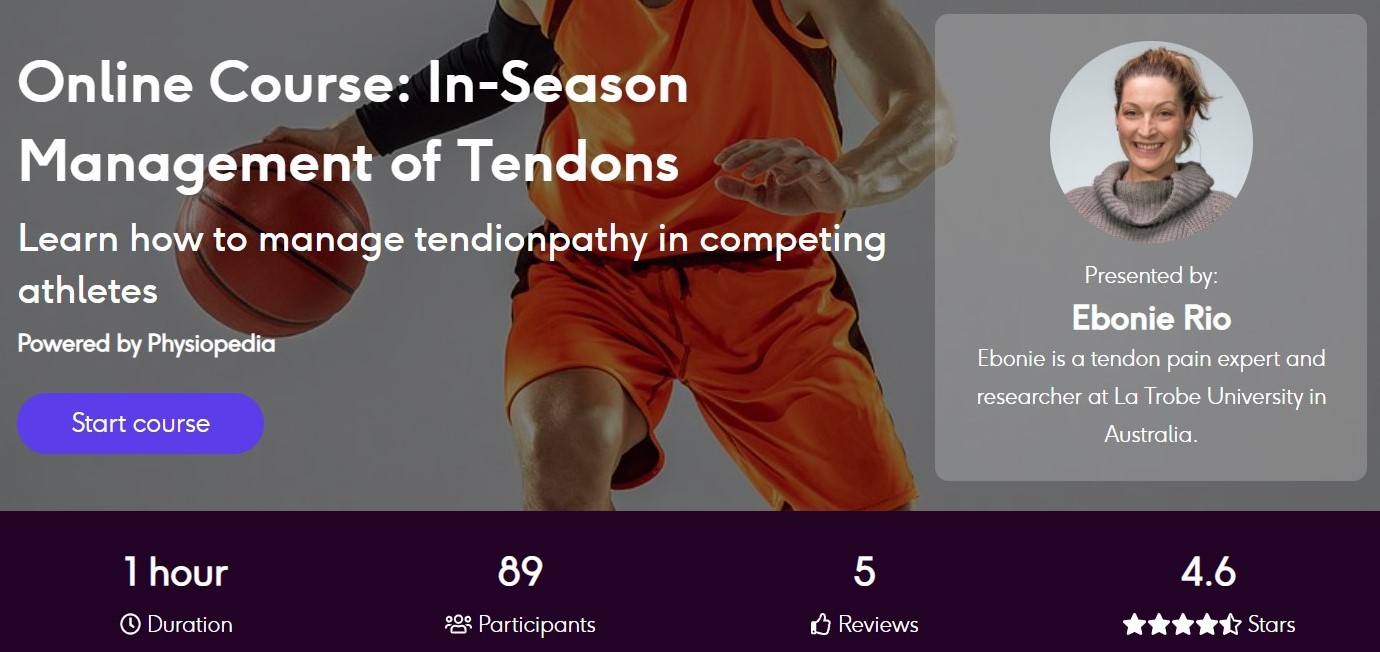Achilles tendon injuries are one of the most common injuries suffered by football players of all levels. In the professional field it is estimated that 2.4% of all injuries are related to the Achilles tendon and tend to be associated with longer absence from competition, which is why a lot of attention is paid to this.
A reduced dorsiflexion of the ankle joint is viewed as a risk factor for a tendon disease due to the increased stress on the soleus and gastrocnemius tendons. This has been shown in gait analysis studies, which show that these tendons have an increased peak force absorption when running and walking just before the toes are weaned. Another study estimates that a reduction in dorsiflexion increases the risk of tendinopathy by a factor of 2.5.
Does FIFA 11+ reduce tendinopathies?
Stretching and eccentric exercises have long been considered the best way to increase dorsiflexion and thus reduce the risk of Achilles tendinopathy. A new study published in BMC Musculoskeletal Disorders aimed to find out whether this is true.
Methods – participants were grouped according to the cause of the leakage
Players from two Dutch first division professional clubs under 16, -17 and -19 were asked to take part in the study. Players were eligible for inclusion if the players were between 14 and 21 years old, male, were injury-free at the initial evaluation and the dorsiflexion of the ankle was evaluated according to one of the following criteria
Reduced dorsiflexion (≤ 10 cm toe-wall distance)
Reduce soleus flexibility (≤ 34 °)
Reduced gastrocnemius flexibility (34 °)
If a player was unable to take baseline measurements for the study, he was excluded. Players with reduced ankle dorsiflexion from one club were assigned to the intervention group and the other club to the control group.
The intervention – standard stretching and strengthening
As usual, both groups took part in four two-hour training units per week, with the intervention group completing targeted stretching and strengthening exercises after 12 weeks of training. The lead investigator gave detailed instructions to the intervention group during the first week of the study and gave the players an individual exercise plan to follow. A researcher took part in training courses to monitor compliance and also to monitor for tendinopathy.
The stretching exercises are shown in the figure below A1 and A2 and aimed at lengthening the soleus and gastrocnemius, with special attention to one-sided differences (if one leg was tense, this was the focus of the stretch). Stretching exercises were performed with 2 x 4 repetitions and held for 30 seconds with a 1-minute break in between, with an increase of 20% every four weeks. The dorsiflexion lung test (WBDLT .
) was used as the result.
The strengthening exercises were carried out in the form of eccentric calf raises from a stretched position and can be seen in the picture above ( B1, 2 & 3 ). The regimen increased over the 12 weeks of the study with four repetitions in the first week and increased with two repetitions per week. In the fifth to eleventh week, the sets were repeated three times, beginning with seven repetitions and increasing
with one repetition per week. Three sets of 15 repetitions were performed at week 12.
Clinical significance and clinical take-home
A total of 107 players took part in the study, 52 of them in the intervention group and 55 in the control group. Looking at the WBDLT scores, both the control and the intervention group improved to a statistically significant level . The intervention group improved from 7.1 (± 1.8) to 7.4 (± 2.4) cm (p = 0.381) and the control group from 6.1 (± 2.1) to 8.2 (± 2 , 9) cm (p <0.001).
Brief summary of the intervention to reduce the risk of tendinopathy
Both the intervention and control groups significantly improved the WBDLT scores but the intervention was no better than that of the control group
The control group had a significantly greater flexibility of the soleus and gastric mucosa flexibility compared to the intervention group
Increased BMI and older age had greater improvements in soleus flexibility
The intervention resulted in a decrease in soleus flexibility
On average, the players performed the exercises twice a week and compliance was associated with changes in strength and flexibility.
With regard to soleus and gastrocnemius flexibility, the players in the intervention group meant that the soleus muscle flexibility increased from 31.0 (± 1.7) to 32.5 (± 3.3) degrees (p = 0.075) improved. The mean soleus muscle flexibility of the control group
showed a statistically significant improvement from 28.3 (± 3.4) to 33.6 (± 4.7) degrees (p <0.001). The control group achieved significant improvements compared to the intervention group.
For some time it has been assumed that stretching and eccentric exercises are useful tools for preventing Achilles tendon tendinopathy, as they increase dorsiflexion of the ankle, a known risk factor for tendinopathy. However, the results of this study show that they do not really increase the flexibility of young football players compared to normal training. This study directly questions belief and understanding.
If you want to understand how to effectively manage sports tendons, take a look at this course from Ebonie Rio.
